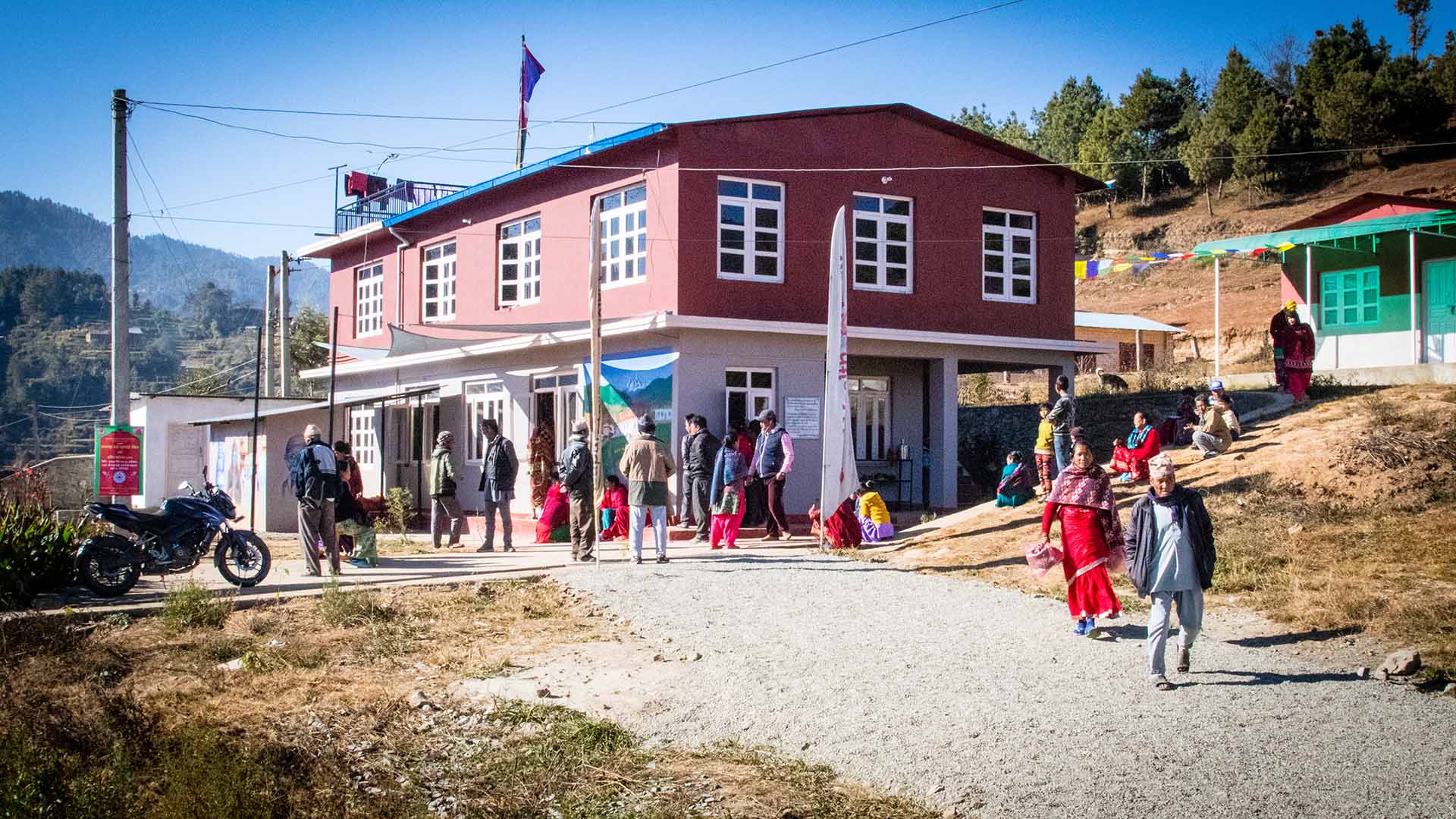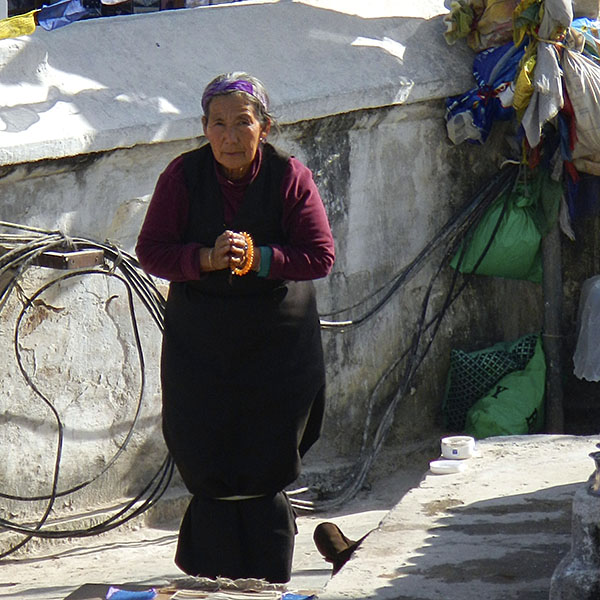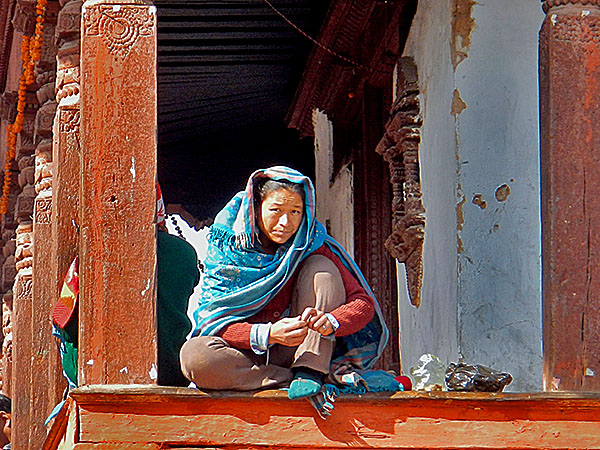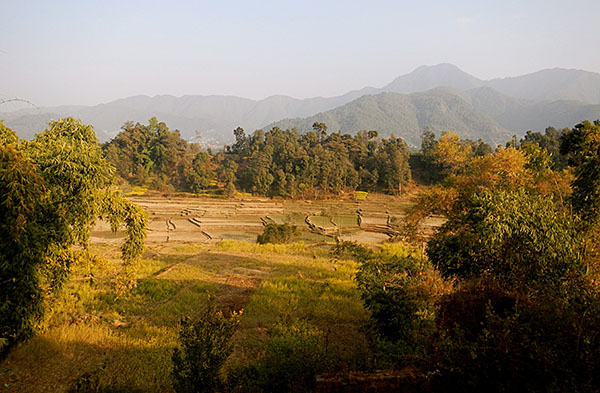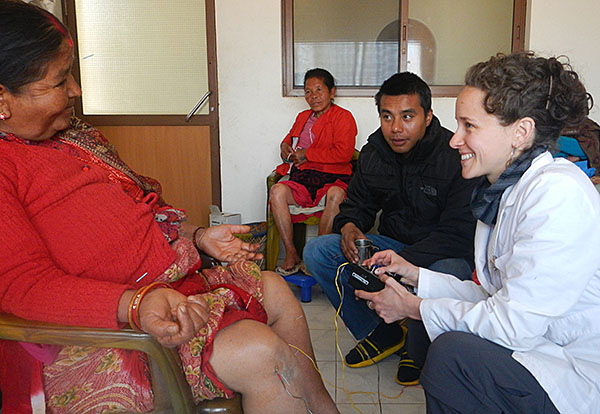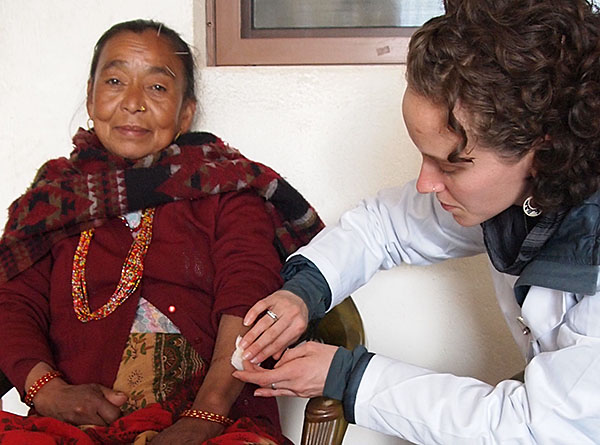News Blog
Latest News From Our Volunteers in Nepal
VOLUNTEER COMMUNITY CARE CLINICS IN NEPAL
Nepal remains one of the poorest countries in the world and has been plagued with political unrest and military conflict for the past decade. In 2015, a pair of major earthquakes devastated this small and fragile country.
Since 2008, the Acupuncture Relief Project has provided over 300,000 treatments to patients living in rural villages outside of Kathmandu Nepal. Our efforts include the treatment of patients living without access to modern medical care as well as people suffering from extreme poverty, substance abuse and social disfranchisement.
Common conditions include musculoskeletal pain, digestive pain, hypertension, diabetes, stroke rehabilitation, uterine prolapse, asthma, and recovery from tuberculosis treatment, typhoid fever, and surgery.
FEATURED CASE STUDIES
Rheumatoid Arthritis +
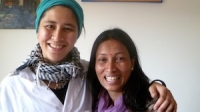
35-year-old female presents with multiple bilateral joint pain beginning 18 months previously and had received a diagnosis of…
Autism Spectrum Disorder +
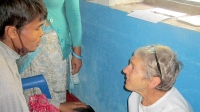
20-year-old male patient presents with decreased mental capacity, which his mother states has been present since birth. He…
Spinal Trauma Sequelae with Osteoarthritis of Right Knee +
60-year-old female presents with spinal trauma sequela consisting of constant mid- to high grade pain and restricted flexion…
Chronic Vomiting +
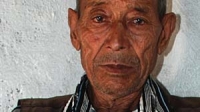
80-year-old male presents with vomiting 20 minutes after each meal for 2 years. At the time of initial…
COMPASSION CONNECT : DOCUMENTARY SERIES
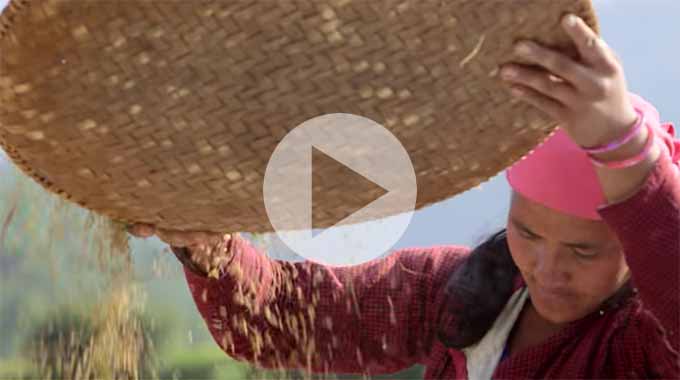
Episode 1
Rural Primary Care
In the aftermath of the 2015 Gorkha Earthquake, this episode explores the challenges of providing basic medical access for people living in rural areas.
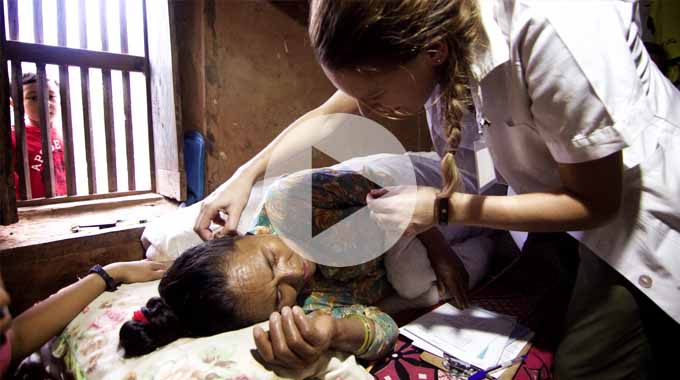
Episode 2
Integrated Medicine
Acupuncture Relief Project tackles complicated medical cases through accurate assessment and the cooperation of both governmental and non-governmental agencies.
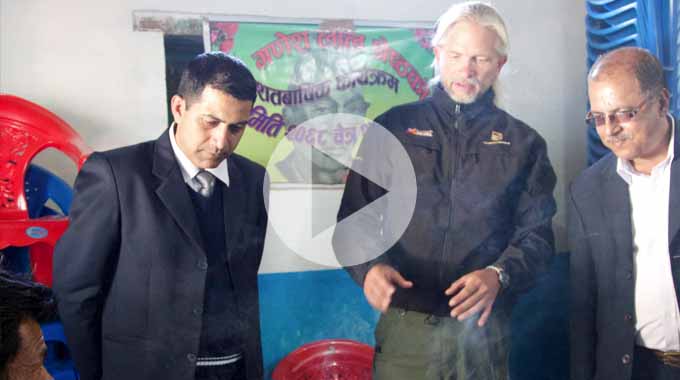
Episode 3
Working With The Government
Cooperation with the local government yields a unique opportunities to establish a new integrated medicine outpost in Bajra Barahi, Makawanpur, Nepal.
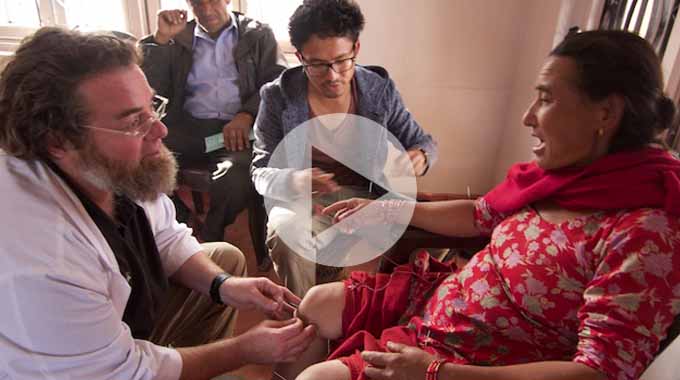
Episode 4
Case Management
Complicated medical cases require extraordinary effort. This episode follows 4-year-old Sushmita in her battle with tuberculosis.
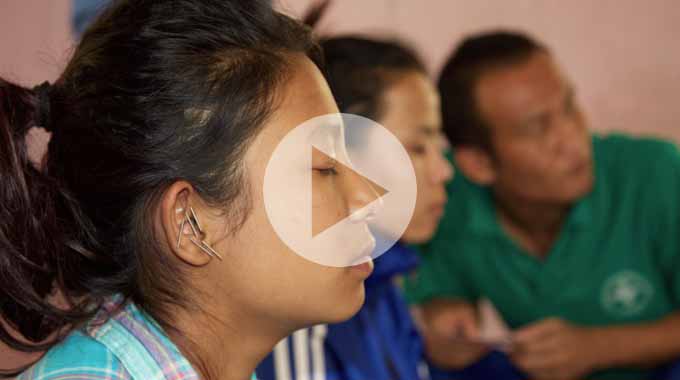
Episode 5
Sober Recovery
Drug and alcohol abuse is a constant issue in both rural and urban areas of Nepal. Local customs and few treatment facilities prove difficult obstacles.
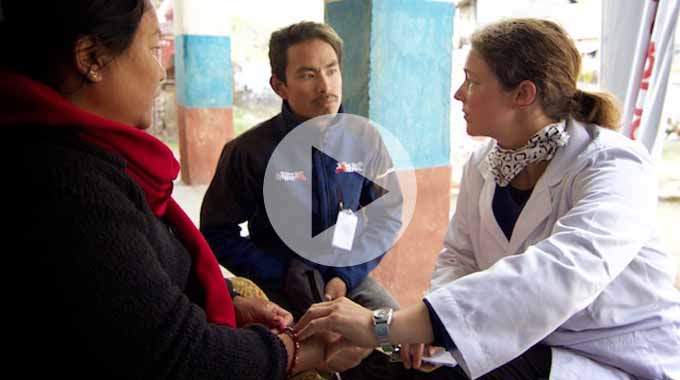
Episode 6
The Interpreters
Interpreters help make a critical connection between patients and practitioners. This episode explores the people that make our medicine possible and what it takes to do the job.
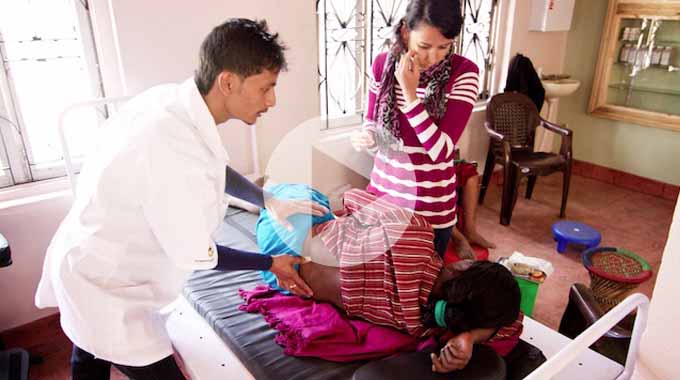
Episode 7
Future Doctors of Nepal
This episode looks at the people and the process of creating a new generation of Nepali rural health providers.
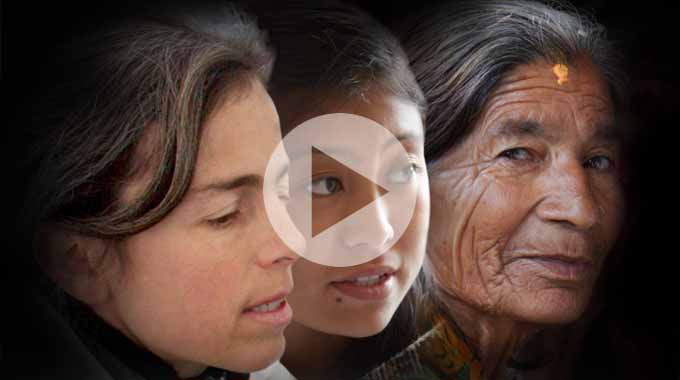
Compassion Connects
2012 Pilot Episode
In this 2011, documentary, Film-maker Tristan Stoch successfully illustrates many of the complexities of providing primary medical care in a third world environment.
From Our Blog
- Details
- By Joey Chan
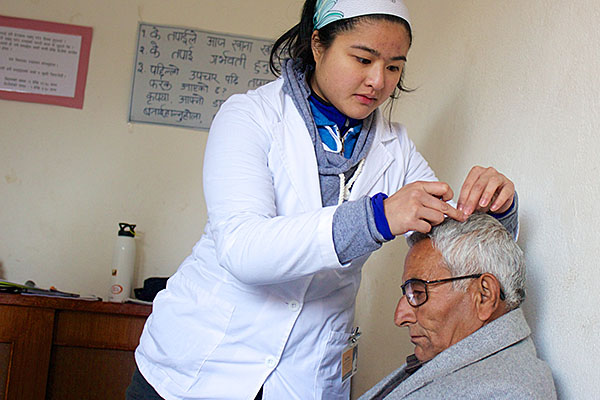
It was my second night in Nepal, I woke up at 4am with a rumbling stomach, and I knew right away I couldn’t escape it: traveler’s food poisoning. I rushed to the washroom as discreetly as I could to avoid waking my roommate. Last nights daal bhaat (rice and lentil soup) came right back up. I felt awful and had to inch my way back to my sleeping bag where I stayed crunched up like a shrimp till morning.
The next morning we made our way from the city of Kathmandu to our new home at the Vajra Varahi clinic. We were introduced to the rest of the team and started our interpreter training. I felt horrible but I tried my best to put on a happy face and tackle the day. Half way into training I couldn’t take it anymore. My stomach was not cooperating. I had to excuse myself because the sharp pains made it impossible to focus.
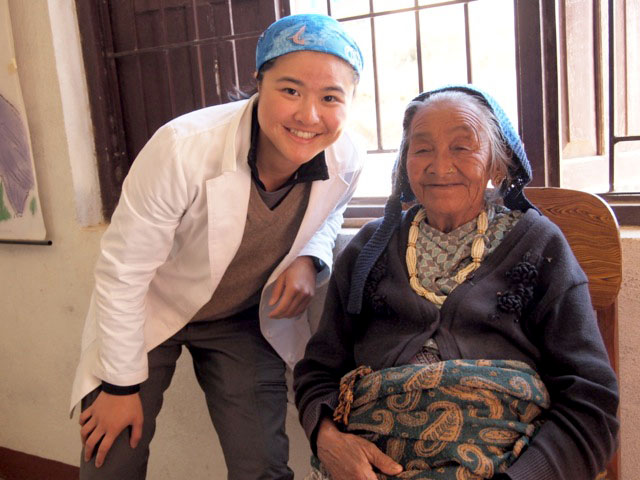
Half dying in my sleeping bag someone came in to offer me Pepto Bismol, then another offering herbs, and finally someone else forcing me to drink electrolytes. I was being cared for just like I would be at home in my own bed and I just met these people! I drifted off to sleep knowing that I was in good hands. (See? Not to worry, Mom).
The care and love my new team offered accumulated in my heart and I was able to treat with more compassion and care in the next 2 months than I ever had. However, the stomach problems never seemed to go away. Now I call it the "weekend special". It’s a must on the weekend. It’s not a big deal anymore, just the usual detox.
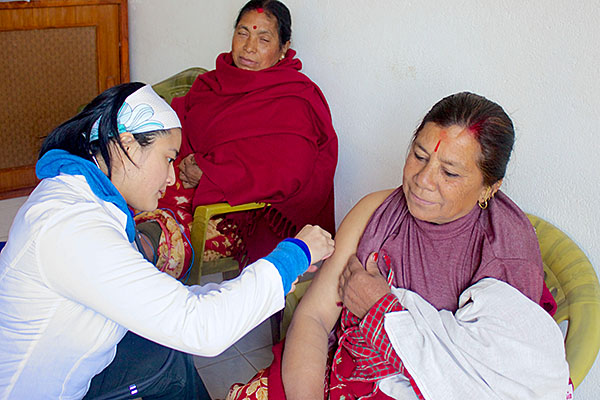
A month later, I dragged myself out of bed to go down stairs to the clinic. I did not sleep well due to the usual "weekend special". The first 3 patients walked in and I ask them how they are doing. They say they are improving and the pain is getting much better. The forth patient comes in with a huge smile on her face telling me her pain had decreased tremendously, which means she could work now. Her voice grew with joy while she explained how she is able to go for hikes, her appetite is back and she can sleep throughout the night without much pain. I was thrilled that all my patients were getting better and that I was successfully treating their conditions.
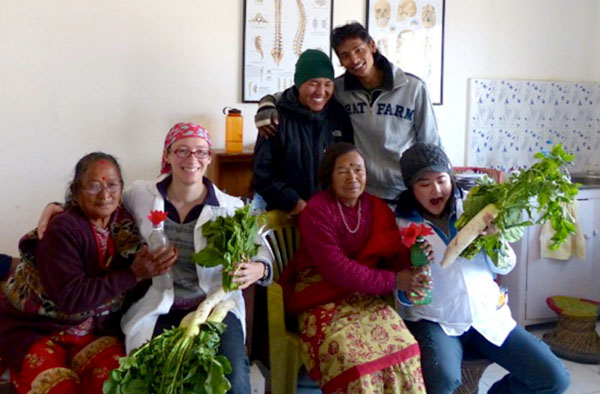
After I needled her she asked if I was okay and that I look tired today. I told her I didn’t sleep well. She suddenly yelled, “Look! He stopped shaking! I’ve been watching your Parkinson patient and his hands are not shaking anymore”.
With a big smile on my face, I looked at my patients and said “I felt sick this morning but I forget about my pains when I see that I am helping with yours.” ---Joey Chan
- Details
- By Lindsey Thompson
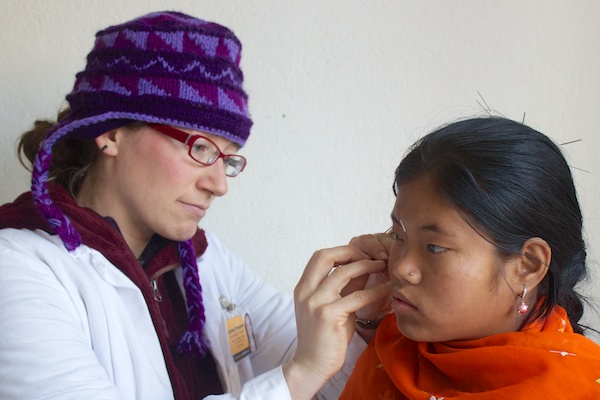
...but words can never hurt me. The teenage years appear to share a universal language of challenge. I remember my high school math teacher, giddily proclaiming that math overcame all language barriers across the globe. It seems the emotional roller coaster of self discovery during the shift towards an adulthood self shares a universal language that stretches to the Himalayas.
Asha Maya came see me again today. She is a sixteen year old with Bell's Palsy (a condition which paralyses one side of the face), who has been receiving treatment with the Acupuncture Relief Project for one year. At a glance, it is no longer obvious that the right side of her face droops and refuses to move.
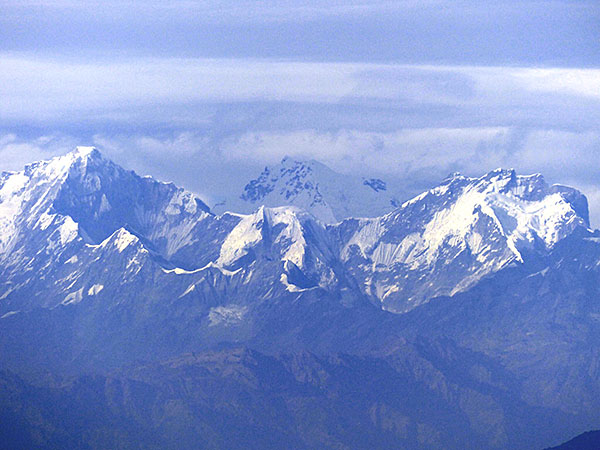
I began working with Asha Maya in mid-January. Her voice whispers from her mouth and shyness perfuses most of our interactions. Over the last month, I feel that our relationship has grown. I get stronger eye contact, a deeper voice, and at times, we even joke. I tell her that I'm very happy to see her, and after the brief time lag of interpreting, Asha Maya's face lights up from within. In her melodic voice , she says she's glad to see me too. The smile, while one-sided, is an internal smile that warms her face, her eyes, and being. I think to compliment her on her beauty, but since there are many women in the room that I have not complimented, I hesitate and choose not to say anything.
I have her lift her eyebrows in mock surprise, pucker her lips, and smile to assess how much movement the facial muscles can achieve. After hearing so many class lectures about how effective Chinese medicine can be for facial palsy and stroke, the movements seem minute for her year of treatment. I ask her if she thinks the acupuncture is helping her. Asha Maya waggles her head from side to side in affirmation and tells me it is helping. After a moment she says quietly, "I just want my face to move again."
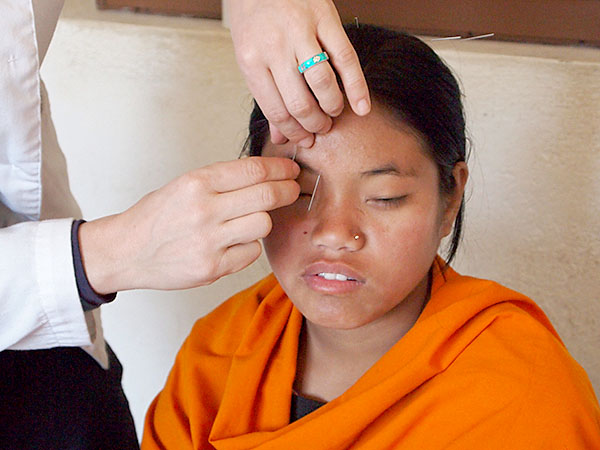
I continue using the protocols I learned in school and try to restore movement to her face with acupuncture. After I've placed the needles, I have a momentary lull in patients. I take the opportunity to thoroughly read the last year of chart notes, intending to bring the case up to the team later that evening and rethink her treatment plan. I learn quite a bit. Asha Maya has had slow and steady improvement. In the beginning, she could not fully close her right eye. Now she can. She currently sits with her eyes closed absorbing the work of the acupuncture and moxa combination.
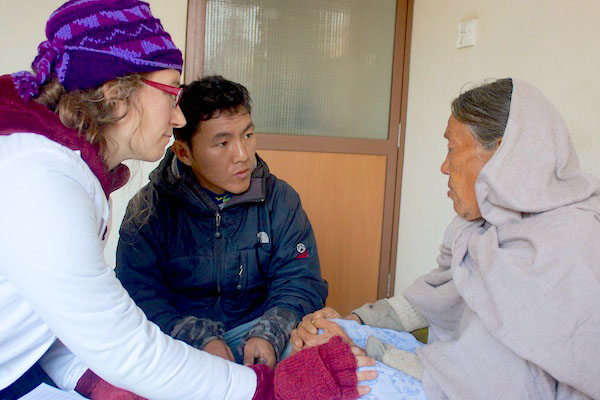
Near the beginning of her chart, an annotation pops out at me. "She does not want to leave her house because the boys make fun of her." My heart aches. For a moment, I experience shock and a rise of indignation at the idea of peers teasing someone for an appearance change beyond their control. Then I remember my teenage years, filled with ruthless jeers and power struggles that weaponized tongues. Sticks and stones can break my bones, but words can never hurt me.
I wish the sing-song phrase our mothers taught us in the nursery held true. In reality, the words we use on one another linger for years, decades, and sometimes for a lifetime. I have sat with friends and patients discussing the past, hearing how words spoken a decade before hobble them now. I wonder if the injury of words flowered on the surface like bruises, if we would be more careful with our speech.
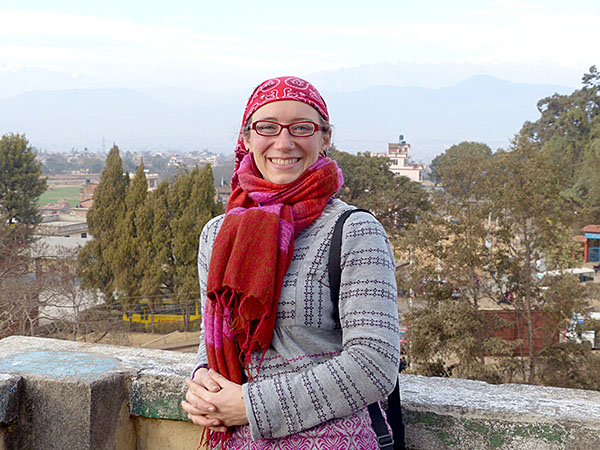
I resolve to speak my compliment to Asha Maya and to each patients when it pops into my head. As my mom used to say, "You never know if a person has heard a kind word today." Along these lines, uplifting compliments and acknowledgments can also stand the test of time. The review of Asha Maya's chart notes, sticks with me. I see it as a reminder of the power of our words. The power to infuse confidence, strength, and hope or to practice undermining verbiage. I hope to practice the art of building with my speech, and notice when I run the risk of becoming careless with my words. ---Lindsey Thompson
- Details
- By Emma Goulart
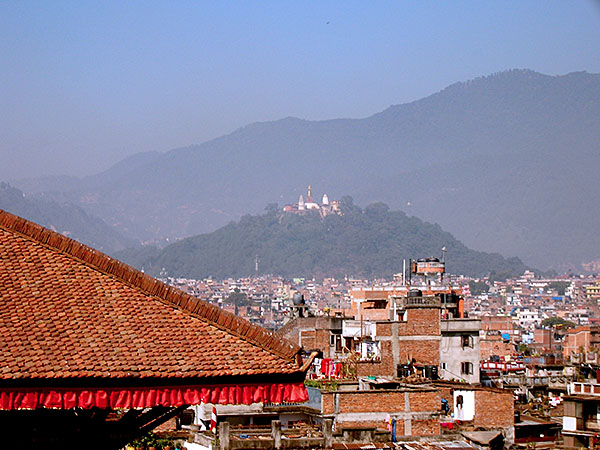
Stepping off the plane into Kathmandu immediately put my senses on overload. Trash everywhere, burn piles in the streets, dusty haze hanging still in the air, beggars that make your heart contract, ragged stray dogs balding and weak. The traffic is horrendous, some sort of organized chaos that takes your breath away in more ways than one. Kathmandu city is notably loud and Nepal's winter is so so cold, without any escape.
... And yet, there is so much priceless beauty in the peoples eyes and in these sacred temples that it just stops you in your tracks.
After our adventure in the big city, we arrive to Chapagaon and I feel appreciative of the farmlands that surround our landscape here. Right away we head on a walk to become familiar with the neighborhood. The roads are more like what you might find on a backpacking trip, rocky terrain and slippery slopes, though littered with plastic wrappers. Around the backside of the clinic there are seemingly endless terraced farmlands. This time a year these gardens are filled with either mustard greens, bolting yellow mustard flowers, emerald green scallions or 2 foot tall fava beans. The majority of the fields have been covered in a cover crop until this last week. Now they are all transforming into rows waiting to be seeded. I take this as a hopeful sign that warmer weather is to come.
The day before beginning to treat, we are braced with a few questions to think about. What good is your compassion here without any wisdom? That question resonates inside, turning my stomach over on itself with the responsibility I feel for being a Doctor here. Understanding the difference between Treatment vs. Care and what exactly we are here to do. Its not a matter of how good our needle technique or Chinese Medical theory is. Instead we are here to see a larger picture of how to give our patients their best care. While doing so, holding both compassion and wisdom at the forefront. The compassion to be present and the wisdom to know when to treat and when to send out for the appropriate care.
Now we are three weeks in and I realize the magical exchange that happens within these clinic walls. Sinking into the flow, i feel as though I have had a moment to reflect for the first time. For the first few weeks, I felt as though hit by an emotional truck. The initial impact of the patients stories have hung heavy in my heart and I felt unclear how exactly to digest it all. Then one morning this week it became clear, that this is a mutual experience of giving and learning. I am here to heal and grow just as much as the patients coming into our clinic. This lifts the foggy veil of responsibility that has clouded my mind and allows me to work from a clarity. Only in this way will I be able to interact from a place of wisdom and compassion, delivering the best care i can give. --- Emma Goulart
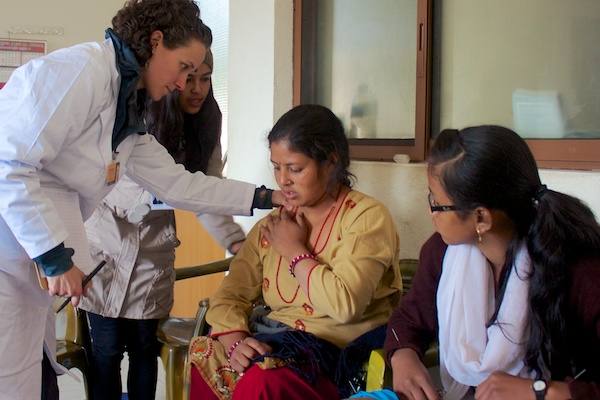
Our Mission
Acupuncture Relief Project, Inc. is a volunteer-based, 501(c)3 non-profit organization (Tax ID: 26-3335265). Our mission is to provide free medical support to those affected by poverty, conflict or disaster while offering an educationally meaningful experience to influence the professional development and personal growth of compassionate medical practitioners.
